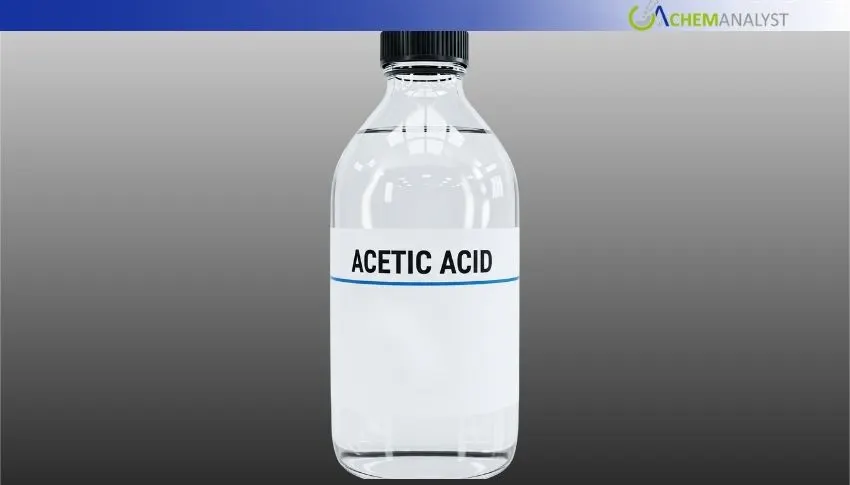Welcome To ChemAnalyst

The U.S. acetic acid market held steady in early August, with tariff protection and stable construction-linked demand offsetting weaker methanol costs. Producers operated at consistent rates with balanced inventories, while exports into Latin America remained steady. Consumption was resilient in solvents, coatings, and adhesives, though industrial buyers avoided long-term commitments due to economic uncertainty. Ongoing tariff measures under IEEPA could lift effective U.S. tariff rates to the highest since 1941, raising risks of retaliation while shielding domestic producers. Market sentiment remains steady, with policy developments and construction spending trends expected to guide near-term performance.
The U.S. acetic acid (glacial) market remained broadly steady in early August as tariff protection and resilient downstream demand offset the drag from weaker methanol feedstock costs. Acetic acid market sentiments were shaped more by trade-policy uncertainty and construction-linked consumption than by raw material dynamics, with buyers continuing to favor cautious spot transactions amid an unsettled macroeconomic backdrop.
Domestic acetic acid producers sustained stable operating rates across Gulf Coast units, with no major outages reported. Acetic acid supply availability for both local use and exports to Latin America remained adequate. While the fall in methanol values reduced cost support, the tariff shield allowed producers to hold their ground and prevent a significant downside. Traders noted that availability for overseas markets was not disrupted, though competitiveness is being watched closely as tariff negotiations evolve.
On the demand side, construction remained the key balancing factor for acetic acid consumption. Contractors faced squeezed margins from rising input costs, with July data showing increases of 4.9% in copper wire and cable, 7.4% in aluminum mill shapes, and 5.7% in copper/brass mill products. These tariff-driven pressures elevated raw material inflation, indirectly sustaining solvent, coatings, and adhesive demand linked to acetic acid. Industrial consumption in vinyl acetate monomer (VAM) and PTA-related chains stayed steady, though buyers avoided long-term commitments considering economic uncertainty and high financing costs.
With stable operations, protective tariffs, steady demand, and barring major shifts in trade policy, prices are expected to remain stable in the near term.
Tariff policies are exerting a growing influence on the U.S. acetic acid market. While weaker methanol feedstock prices have capped cost pressures, protective duties on steel, aluminium, autos, and proposed IEEPA tariffs on imports from Canada, Mexico, and China have provided a pricing buffer for domestic producers. This shield has enabled U.S. suppliers to maintain stable acetic acid values despite narrowing margins, ensuring competitive positioning in the domestic market.
However, the uncertainty surrounding the IEEPA tariffs, which remain active pending appeal despite being ruled unlawful, creates volatility for forward sentiment. Yet, retaliatory duties announced by China, Canada, and the EU—covering $330 billion of U.S. exports—pose risks to international trade flows, particularly as acetic acid exports to Latin America and other overseas markets are a critical outlet for Gulf Coast producers.
For acetic acid, the dual effect of tariffs is clear: protection in the domestic market is helping prices hold steady around USD 445–450/MT FOB Louisiana, but export competitiveness may erode if trade partners expand retaliation. Long-term, the risk of reduced GDP growth and weaker industrial activity linked to broad tariff measures could soften downstream demand in solvents, adhesives, and coatings. This makes tariff policy a stabilizer in the short term but a potential drag on broader acetic acid consumption if uncertainty persists.
We use cookies to deliver the best possible experience on our website. To learn more, visit our Privacy Policy. By continuing to use this site or by closing this box, you consent to our use of cookies. More info.
